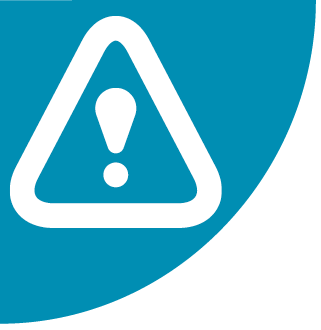NEWSWATCH
CHEMICAL AND MATERIAL HAZARDS

NIOSH Introduces New Exposure Value for Carcinogens
In recognition that no known safe level of exposure exists for carcinogens, NIOSH announced in December that it will no longer issue Recommended Exposure Limits (RELs) for cancer-causing agents. Instead, NIOSH will recommend a new value called a Risk Management Limit for Carcinogens, or RML-CA. This value, which represents the daily maximum 8-hour time-weighted average concentration of a carcinogen above which workers should not be exposed, is intended to serve as a starting point for efforts to control exposures to carcinogens.
As explained in
Current Intelligence Bulletin 68: NIOSH Chemical Carcinogen Policy
(PDF
), the RML-CA for a carcinogen will correspond to the 95 percent lower confidence limit of the risk estimate of one excess cancer case per 10,000 workers over a 45-year working lifetime. In cases where measurement at the one-in-10,000 risk estimate is not feasible, the RML-CA will be set at the limit of quantification for the relevant analytical method.
Previously, NIOSH set RELs for carcinogens at an excess risk level of 1 in 1,000, which was both analytically possible to measure and achievable in most workplaces. Due to advances in sensor technologies, ventilation, risk management, and safety and health management systems, NIOSH has concluded that it is now possible to control carcinogen exposures to lower levels.
Current Intelligence Bulletin 68
states that publication of RML-CA values will be accompanied by recommended practices for controlling exposures. The agency will continue to seek input on its analyses and recommendations from stakeholders and the public.
In addition, when producing authoritative documents on carcinogens, NIOSH will rely, when possible, on existing hazard assessments published by EPA, the U.S. National Toxicology Program (NTP), and the International Agency for Research on Cancer (IARC).
The changes are part of an effort to simplify NIOSH’s carcinogen policy, which comprises three separate policies on classification of chemical carcinogens, carcinogen risk management, and analytical feasibility and engineering achievability.
thesynergist | TOC | NEWSWATCH | DEPARTMENTS | COMMUNITY

